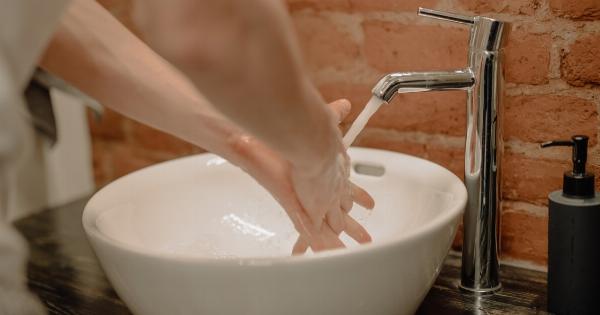Using shared toilets can be a source of anxiety for many people. The fear of germs and unsanitary conditions can be overwhelming.
However, with the right knowledge and precautions, it is possible to navigate shared toilets safely and maintain good hygiene. In this ultimate guide, we will explore various tips and techniques to keep shared toilets germ-free.
1. Choose Your Time Wisely
One way to minimize your interactions with germs in shared toilets is to choose a time when the traffic is lower. Early mornings or late evenings often have fewer people, reducing the risk of exposure to germs.
2. Inspect the Toilet
Before using a shared toilet, it is crucial to inspect its cleanliness. Look for signs of proper maintenance and cleanliness. Check if the toilet seat and surrounding area are dry, as moisture can foster bacterial growth.
If you notice any red flags, such as visible dirt or unpleasant odor, it is best to find an alternate facility or inform the appropriate authorities.
3. Carry Personal Protective Equipment
Having personal protective equipment, such as disposable toilet seat covers and hand sanitizers, can provide an extra layer of protection.
These items are readily available in stores and can significantly reduce direct contact with potentially contaminated surfaces.
4. Practice Proper Hand Hygiene
Thorough handwashing is crucial after using shared toilets. Use soap and scrub your hands vigorously for at least 20 seconds, paying attention to all areas, including between your fingers and under your nails.
Proper hand hygiene is one of the most effective ways to prevent the spread of germs.
5. Use Paper Towels
Whenever possible, use paper towels instead of hand dryers to dry your hands. Hand dryers can blow bacteria and other microorganisms around the restroom, increasing the risk of contamination.
Paper towels are more hygienic options that help remove moisture effectively.
6. Dispose of Waste Properly
Be mindful of the proper waste disposal methods in shared toilets. Use tissue paper for personal hygiene and ensure it is disposed of in the appropriate receptacles.
Avoid flushing items like sanitary products, baby wipes, or cotton pads, as they can clog the plumbing system.
7. Be Careful with Personal Items
Avoid placing personal items, such as bags or clothing, on the floor or other surfaces in shared toilets. These surfaces can harbor bacteria and viruses. Instead, use hooks or designated areas to keep your belongings away from potential contamination.
8. Consider Using Disinfecting Wipes
If you are particularly concerned about germs, consider carrying disinfecting wipes to clean the toilet seat and other commonly touched surfaces before use. This extra step can provide peace of mind and reduce the risk of exposure to harmful bacteria.
9. Maintain Social Distancing
In crowded public restrooms, it may not always be possible to keep a significant distance from others. However, try to maintain a safe distance whenever feasible. Avoid close contact with individuals who appear unwell or exhibit symptoms of illness.
10. Educate Others
Spread awareness about proper hygiene practices among friends, family, and coworkers. By encouraging and educating others, you contribute to creating a cleaner and safer environment in shared toilets.






























